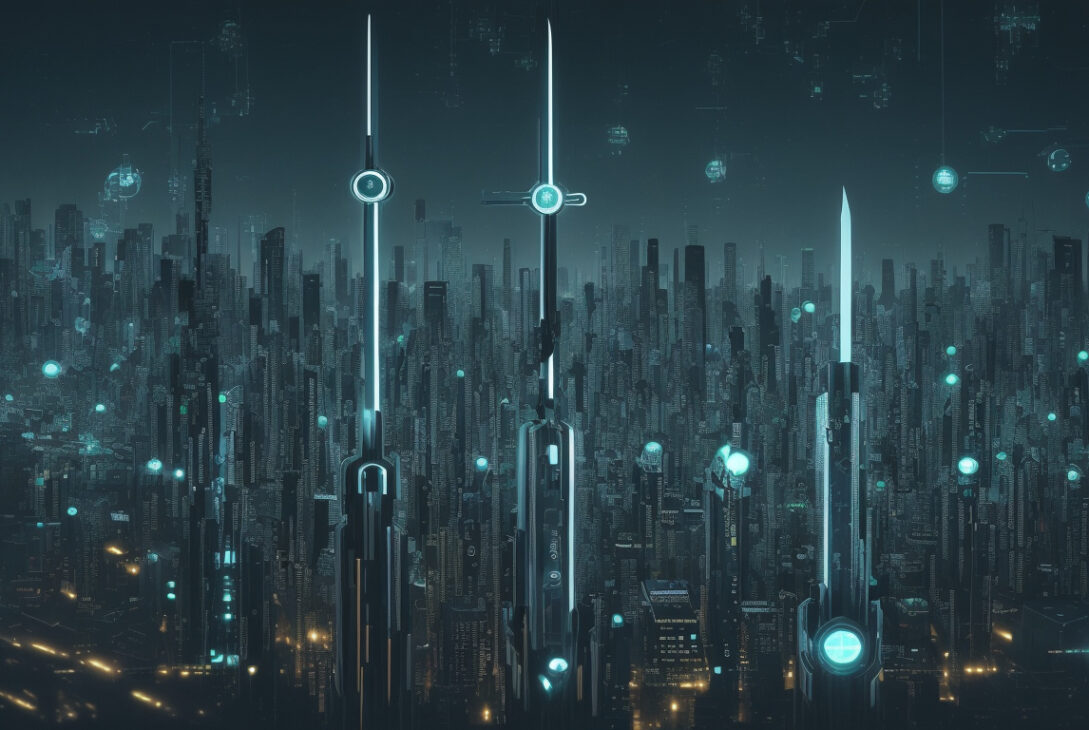Why Does Technology Create New Problems for Each One It Solves?
By Mark Buchanan | The Guardian | 24 July 2025
In an age dominated by rapid technological progress, optimism about the future often rides on the shoulders of innovation. Silicon Valley billionaires and techno-optimists alike envision a world dramatically improved by science and technology. While technology undoubtedly represents one of humanity’s greatest assets and offers solutions to previously intractable problems, it also consistently gives rise to new challenges. This paradox—where every technological advance generates unintended consequences—is a crucial lesson that history and science continuously teach us.
The Cycle of Solutions and New Problems
The anthropologist Sander van der Leeuwe captured this phenomenon over a decade ago, describing it almost as a natural law. When confronted with a problem, humans construct simplified conceptual models to understand and address it. These models help design technologies that solve specific issues within the scope of the model. However, because these models are inevitably incomplete, new, unforeseen effects emerge once the technology operates in the real world.
For example, when fishing technology improved, allowing humanity to feed more people, it simultaneously led to depleted fish populations. Non-stick pans, celebrated for their convenience, later revealed health and environmental hazards due to harmful chemicals. Plastics revolutionized daily life but have since proliferated as microscopic pollutants in oceans and inside human bodies. These stories illustrate that technological progress carries — alongside significant victories — costs that were not predicted by initial simplistic models.
The Need for Caution and foresight
Understanding the limitations of our models and anticipating unintended consequences should be fundamental to the practice of technology development. Rather than halting innovation, a clear-eyed acknowledgment of ignorance calls for greater caution, prudence, and regulation. This approach involves rigorous foresight exercises that do not assume flawless prediction but at least aim to mitigate the worst outcomes.
Such caution is especially critical today given the rapid development of Artificial Intelligence (AI). The current competitive race among a small group of tech giants to deploy AI models quickly—with minimal oversight—exemplifies reckless acceleration. Neuroscientist Gary Marcus highlights that this haste exposes society to unpredictable risks while funneling vast resources into narrow research areas, potentially neglecting other significant fields within computer science.
Balancing Opportunity with Risk in AI Development
Contrasting with wholesale techno-optimism, some leaders in the AI industry advocate for a balanced approach. Dario Amodei, CEO of AI company Anthropic, expresses hopeful visions of AI eradicating disease, boosting economic prosperity worldwide, and enhancing humanity’s collective problem-solving capacities. But Amodei also stresses the real possibility that AI could worsen inequality drastically or empower authoritarian regimes to issue unprecedented control via AI-enhanced surveillance and propaganda.
According to Amodei, while the development of AI appears inevitable due to powerful market dynamics, the nature and scale of its risks remain subject to human choice and governance. Therefore, proactive regulation and risk management are essential in steering technology toward sustainable benefits rather than shortsighted gains.
The Danger of Short-Term Thinking and Oversimplified Optimism
Tech culture, epitomized by Silicon Valley and Wall Street, often prioritizes immediate profits over long-term sustainability. This creates a tension between rapid innovation and thoughtful risk mitigation, an imbalance that tends to undervalue future risks against current gains.
Entrepreneur Marc Andreessen’s optimistic dream of dramatically increasing humanity’s energy consumption highlights this risk. Despite the appealing notion of radical energy expansion, simple physics tells us that such a sharp increase would accelerate global warming catastrophically, ultimately threatening life on Earth. This example underscores how even well-intentioned enthusiasm can overlook complex ecological realities.
Conclusion: A Call for Nuanced Thinking on Technology
Technology is inherently complex and tricky. Consequential failures are not due to negligence alone, but rather arise from the fundamental challenge of predicting the full ramifications of innovations in complex systems. Acknowledging this difficulty should prompt a more cautious, thoughtful, and balanced approach to advancing technology.
Promising breakthroughs like AI hold tremendous potential, but their development must be coupled with robust frameworks that prioritize risk assessment, ethical considerations, and sustained regulatory oversight. Only then can society harness the full benefits of technology while avoiding its most damaging pitfalls.
Mark Buchanan is a physicist and science writer, author of Ubiquity and Nexus: Small Worlds and the New Science of Networks. For more insights on technology and society, follow his work in The Guardian.










